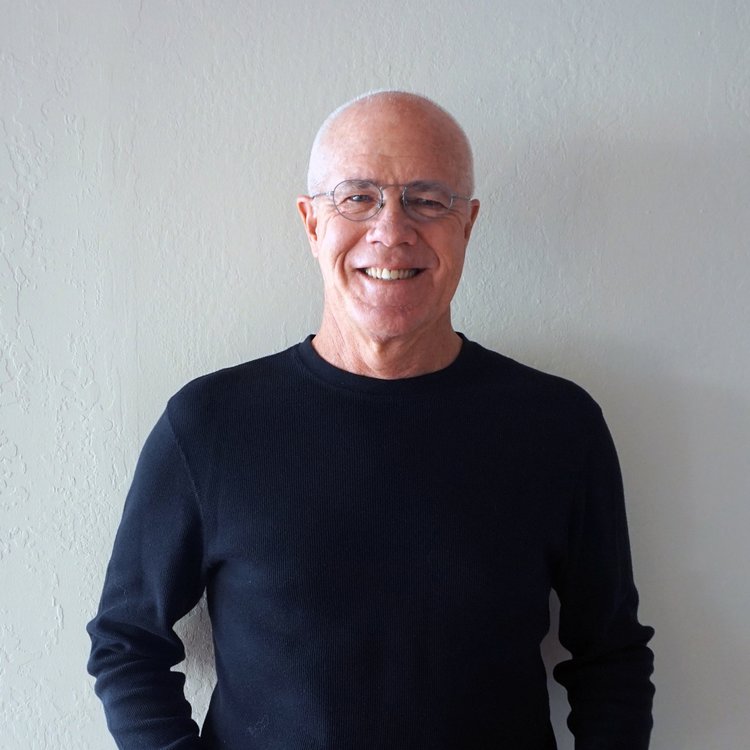First Hit: Well done film and the silence of the actors made all the difference in the world.
The film takes out all the drama of how these aliens arrived and take over the planet by starting at day 89.
We surmise through captions of their sign language, that the Abbott family is one of just a few families surviving the alien invasion. Husband Lee (John Krasinski), wife Evelyn (Emily Blunt), and children Regan (Millicent Simmonds), Marcus (Noah Jupe), and Beau (Cade Woodward) are introduced scavaging through an empty store, in a vacant town, for food and supplies.
The aliens cannot see but have a highly-developed sense of hearing. They hunt for their food by listening and attacking. Therefore no one talks and uses sign language. Due to a child’s curiosity and desire to play with a toy, he turns on one of the toys they get from the store and the noise elicits a swift response and killing of Beau early in the film.
This was an effective way for the audience to become anxious of any noise the characters make during the scenes. When Evelyn becomes pregnant with a child, I sat their shocked because I know how much noise a baby makes let alone the noise the mother may make giving birth.
The film moves along in time by showing a graphic of how many days have gone by; we assume that it’s the number of days after the alien invasion.
We learn that there are other survivors because in the evening Lee lights a fire on top of a tower and as he looks around the valley and hills we see other fires.
The careful laying of sand on the paths they walk show a thoughtful detail that enhances the films successfulness. Adding to this is a family drama of Regan thinking her dad doesn’t love her because she assisted her youngest in getting the toy that caused his demise. She’s also deaf which did two things: Created a way for the family to be very adept at sign language and for Lee to find ways to help her daughter by experimenting with hearing aids that also sent signals to directly through her skull.
Suspense is high in this film and the noise level is low which made for a great combination.
Krasinski was wonderful as father, husband and champion of keeping his family alive and well. Loved the hike he took with Marcus to help him move through his fear. Blunt was fantastic. Her expressions of love and fear were remarkable. Having the baby in the circumstances the film sets up, was amazing. Simmonds was truly a gift in this film. She carried her struggle at being different, smart and independent in a sublime way. Jupe was excellent as the middle child who feared their circumstance the most, yet became heroic. Bryan Woods and Scott Beck wrote a wonderful screenplay that elicited curious suspense. Krasinski did an excellent job directing this story, wife and himself.
Overall: One of the better horror films I’ve seen in that loud noise wasn’t used to try to shock and scare me.
